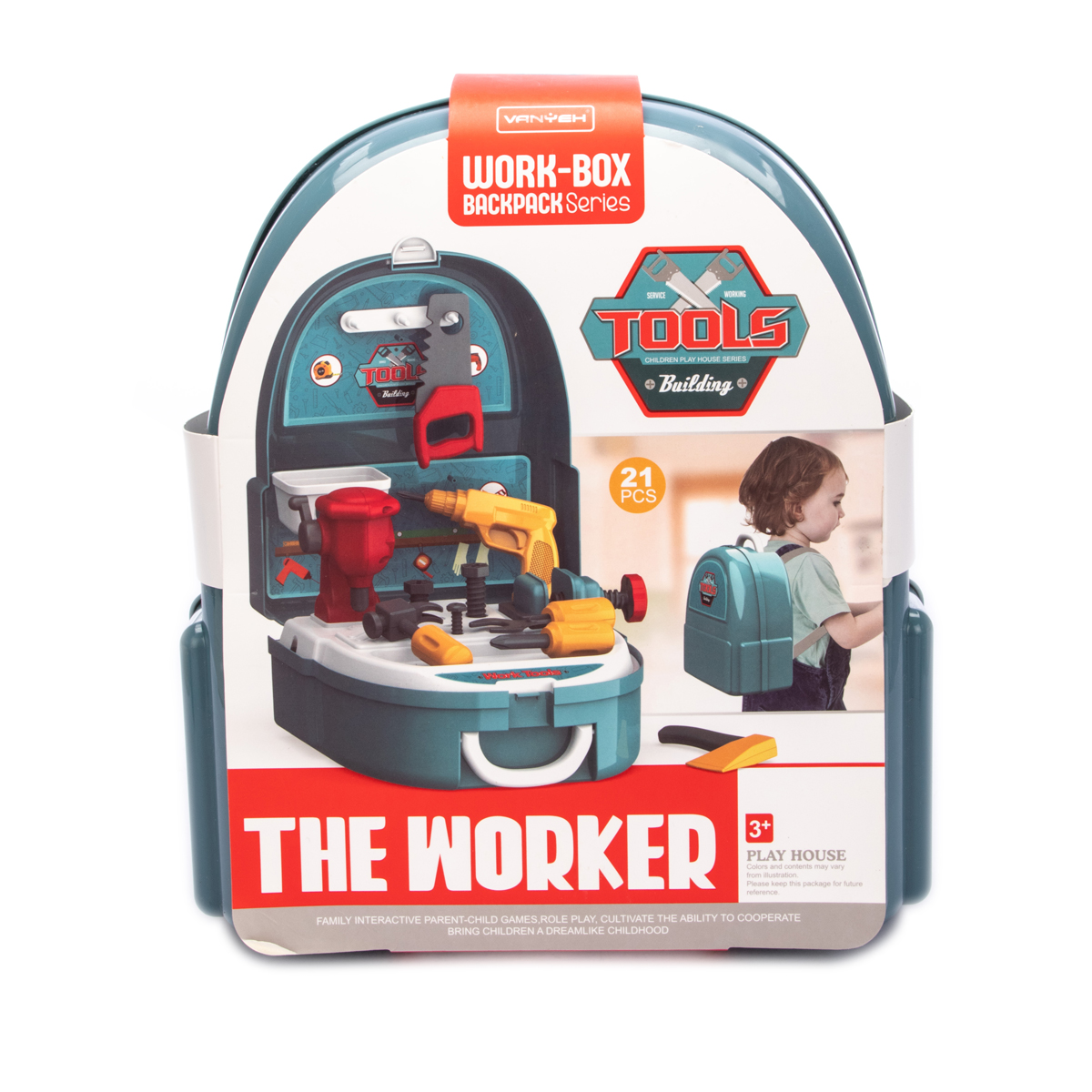

They usually measure around 22-24 inches tall, 18-20 inches long, and more than 8 inches wide. Lastly, you’ll need scissors for cutting zip ties and unpacking components.įull-tower cases are designed to fit both Extended-ATX motherboards and standard full-size ATX motherboards. You can also use Velcro straps - some cases even have them integrated. If you don't want to buy zip ties, you can tidy things up with twist ties (you'll likely have a surplus from your components' packaging). While these aren’t a must, tying your cables together will make the inside of your PC look much better. (Though this isn't a very common occurrence, it’s better to be safe, and anti-static straps are cheap.) This isn’t strictly necessary, but it’s useful in ensuring you don't accidentally damage sensitive components with electrostatic discharge. The ideal option is a headlamp, because it leaves your hands free, but you can also use a flashlight, your phone, or a desk lamp. Pro-tip: A movable light source will help you illuminate the nooks and crannies of your case. You don't want to have to worry about blocking your only light source when you bend over the chassis. Build in a well-lit area with multiple light sources. Pro-tip: For assorted screws, we recommend magnetic hardware trays or trays with multiple small compartments such as empty egg cartons or vitamin containers. Without proper organization, these items can easily get mixed up. You'll need a way to keep assorted screws, zip ties, cables, manuals, etc. Most components come with additional parts some optional, some required for installation in your build. If we missed anything to list out, let us know to update. To measure the exact quantity while mixing the concrete or mortar. To check the Compressive strength of concrete at Site. To cut the concrete at particular diameter To make a hole in steel or wooden surface To mix the material for preparing the concrete To level and settle the fresh concrete while pouring the concrete into reinforcement To transport the materials inside the site. To check the right angle for masonry or plastering work.

To remove the settled mortar from the floor. To insert the nails into the board or wall.Īvoiding to direct contact with dangerous material or machinery.(Hand)Īvoiding direct contact with dangerous materials or machinery.Īvoiding direct contact with dangerous materials To remove the nails from shuttering board. To excavate the earth or to dig a trench. Using to check the surface vertical alignment. Used in masonry and plastering works to place the mortar List of Construction Tools and Pieces of Equipment We have listed some of the tools & equipment we mostly used on a daily basis. Learning the name of each construction tools used in civil engineering also such a thing. Somethings seems little but makes a difference.


 0 kommentar(er)
0 kommentar(er)
